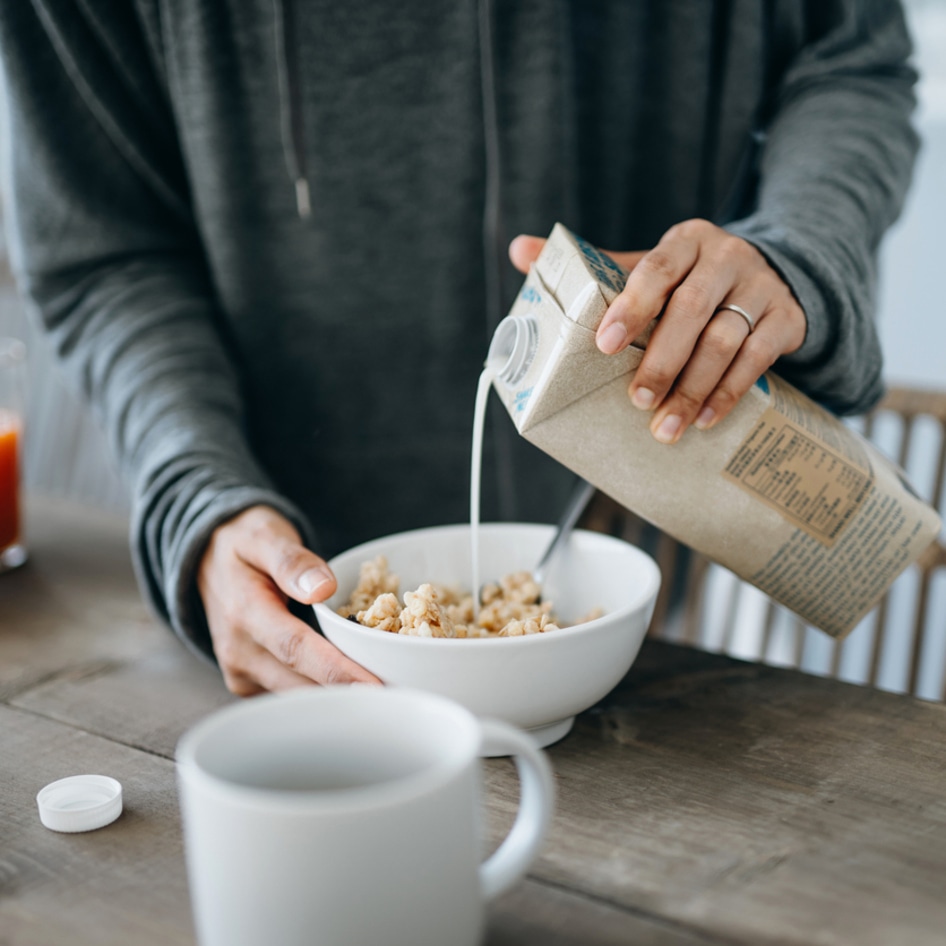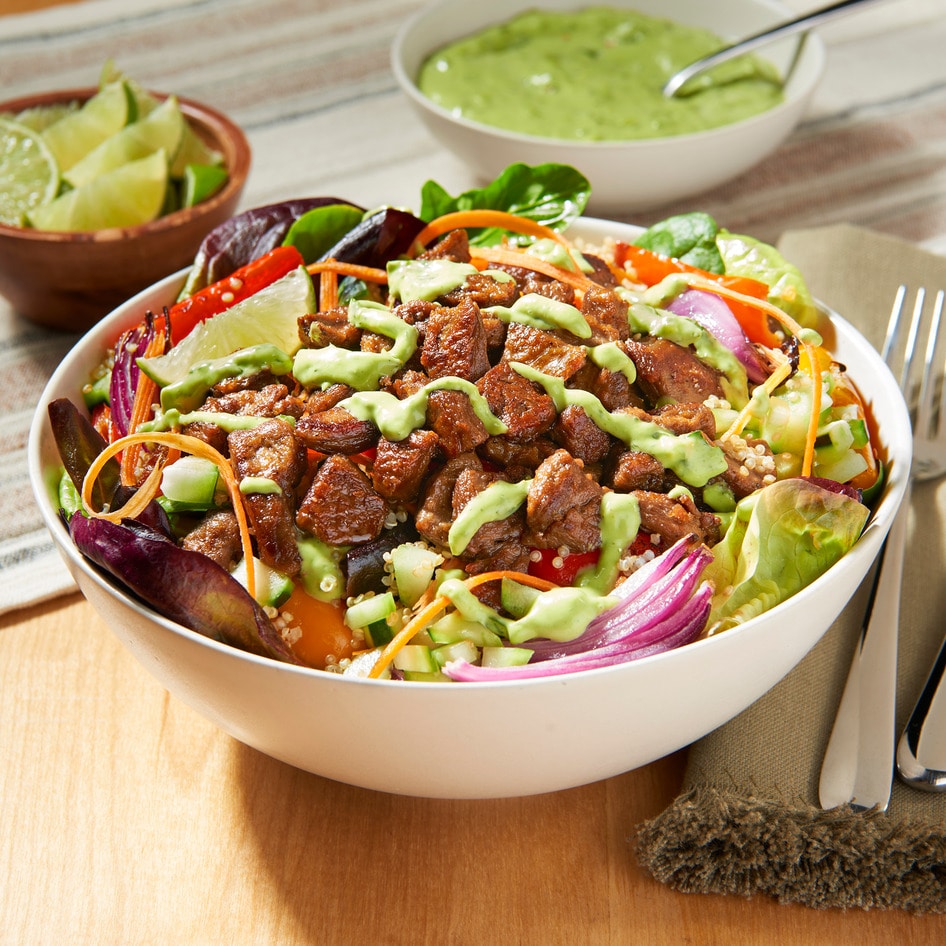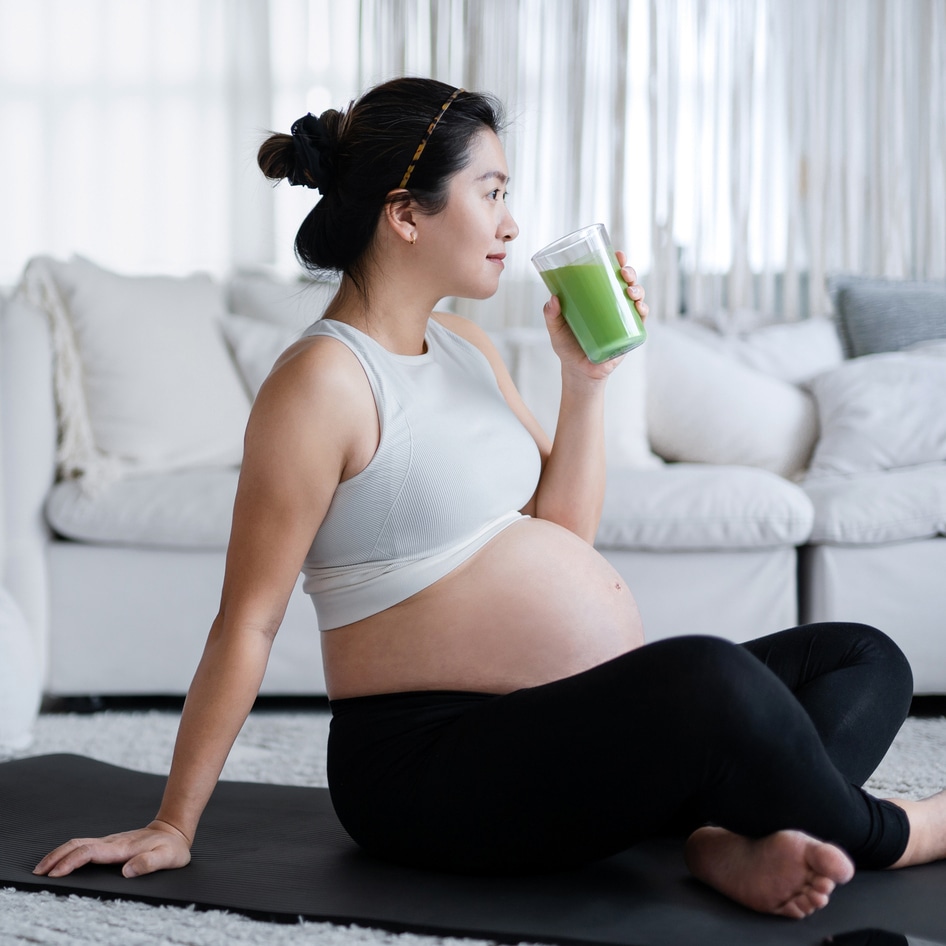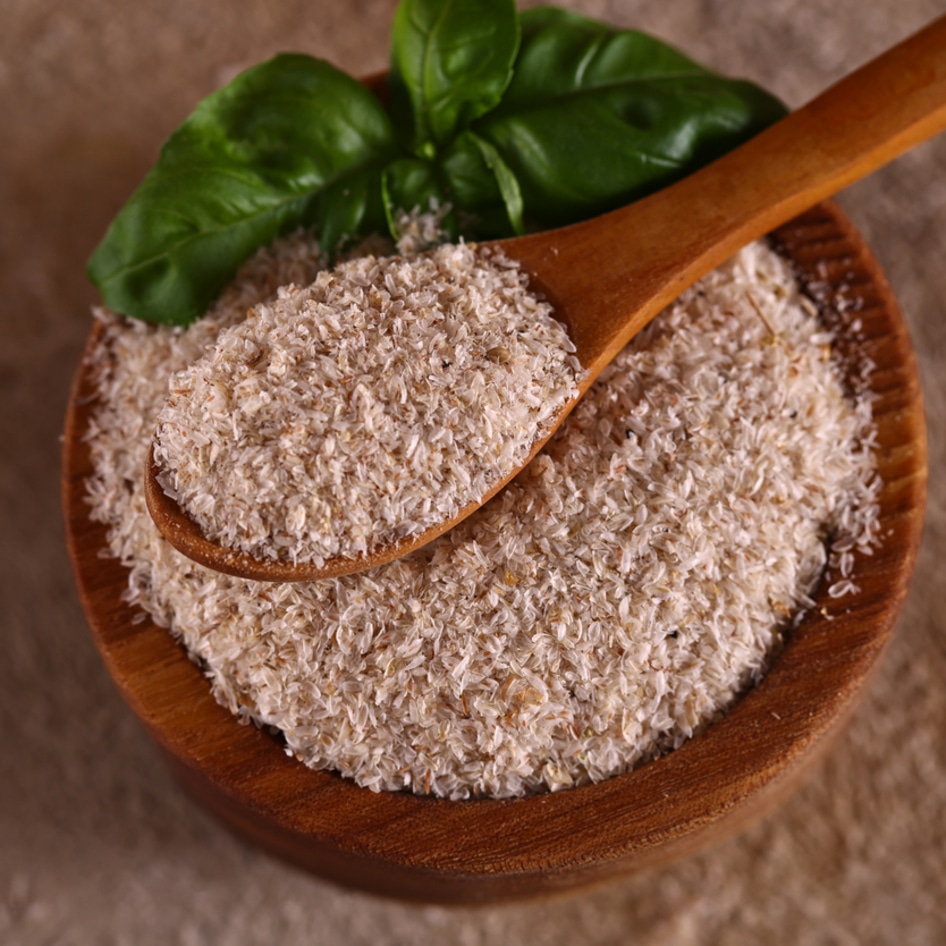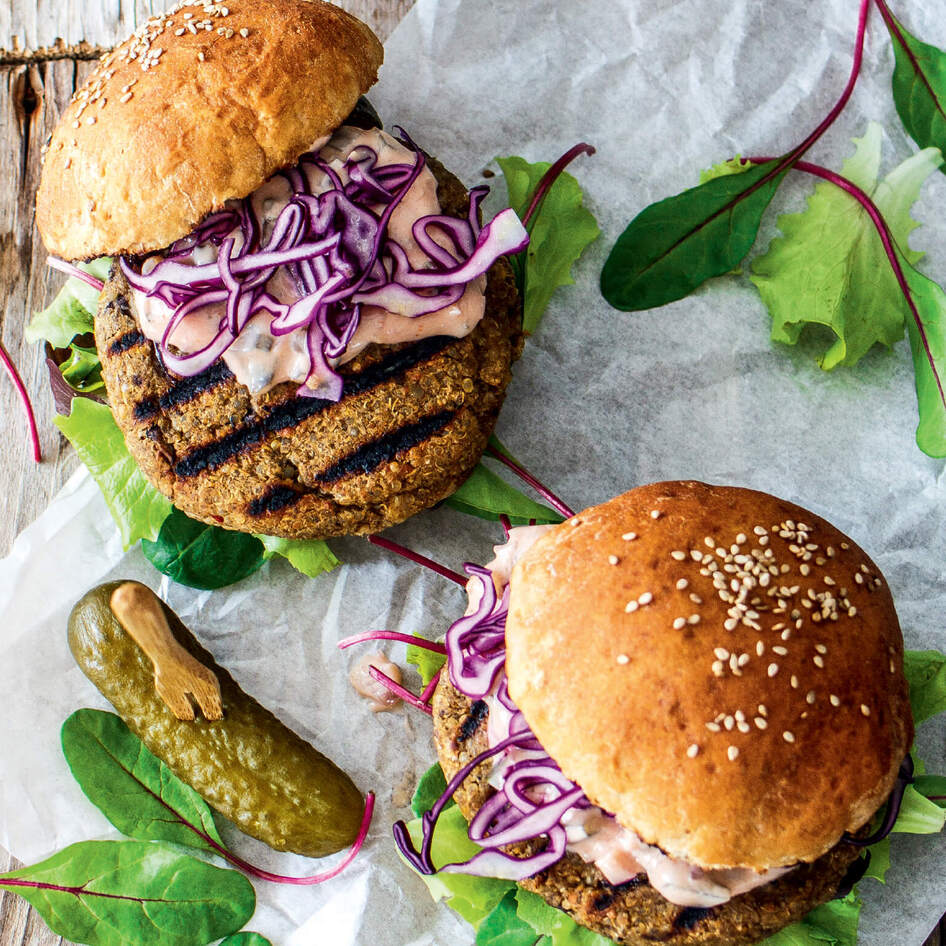The Glycemic Index for Beginners
Get fit by getting to know the glycemic index with fitness expert Christine Vardaros.
August 21, 2014
Pounding protein in hopes of feeling the burn? Here’s a better idea: Get to know the glycemic index! Whether you’re gearing up for an epic bike ride or want to get into GI Joe-esque shape, the current carb-conscious trend amongst top endurance athletes is called the glycemic index, commonly referred to as GI. It works by eating the correct foods at the appropriate times for increased performance. Although this science has been around since 1981, it has only recently gained popularity with top-notch athletes.
The GI ranks carbohydrate-containing foods based on their effect on blood-glucose (also known as blood-sugar) levels during the two hours after food is eaten. All foods are assigned a rating from one to 100, with a score of 100 indicating pure glucose. Those with a rating of 70 to 100 break down rapidly during digestion, dumping sugars into the bloodstream for short bursts of energy. Those with a rating of 55 or lower break down more slowly, releasing sugars gradually for long-lasting energy.
For athletes, the GI helps design meals more specifically around the type of workout we’ll be doing. By adding a value to every carbohydrate food, we are better able to monitor energy levels for increased endurance, more accurately timed energy peaks, and for avoidance of the dreaded “bonk” when the body shuts down during a workout. It also opens up eating options by encouraging food pairing. For instance, if we need to eat a relatively low-GI meal, we can still eat our favorite high-GI foods as long as we pair them with lower-scoring items, as in the case of a peanut butter and jelly sandwich. Peanut butter’s low rating offsets the impact of higher-GI bread and jelly.
A few hours before a workout, low-GI foods such as pasta, rolled oats, brown or basmati rice, low-sugar whole-grain cereals, and multigrain bread are ideal for sustained energy. World champion cyclist Niels Albert adds, “I think for every rider the pre-workout meal is the same: spaghetti.” If your workout lasts less than an hour and you’ll eat within an hour prior, choose foods with a higher-GI rating so energy is available for you during your effort. “Thirty minutes before the start [of a race] I eat an energy gel,” says Albert. Lance Armstrong’s coach, Chris Carmichael, says that one hour before the Tour de France time trial, Armstrong eats an energy bar, energy gel, and a full bottle of sports drink. During a workout, high-GI foods including baked potatoes, rice cakes, bagels, energy drinks, gels, and bars supply the body with easily accessible energy. According to Chef Lim of Team Garmin-Chipotle, his Tour de France riders consume almost all their calories taken on the bike in the form of simple sugars. During each stage, the riders receive a bag filled with two water bottles, a small can of cola, two energy bars, two energy gels, two bags of energy chews, panini, and two homemade rice cakes.
High-GI foods also come in handy immediately after exercise, as they quickly replenish glycogen stores, the body’s main source of fuel. Consuming foods such as watermelon, pretzels, baked potatoes, white rice, bagels, white bread, natural soda, energy drinks, gels, and bars is best done within two hours of finishing a hard workout. By keeping track of your food’s GI score, your performance will be way better than “government issue!”
JUMP TO ... Latest News | Recipes | Guides | Health | Shop

